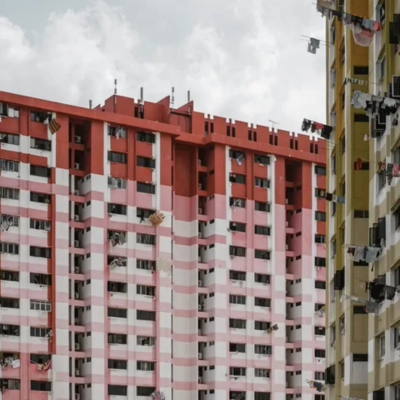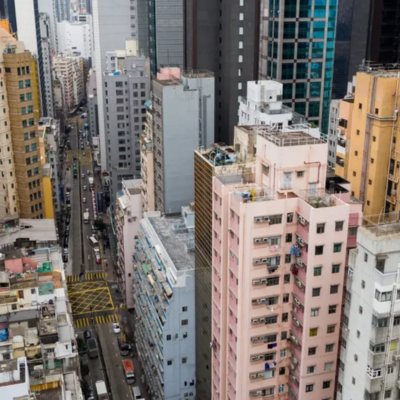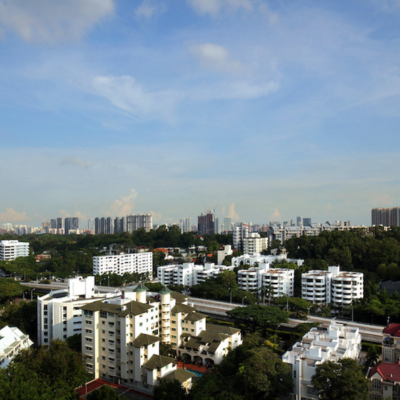
U.S. Investors: Building Long-Term Capital Growth
— Without the 60% Foreign Stamp Duty
Build Global Wealth in Asia’s
Most Trusted Property Market
Looking for stable, long-term capital growth in a tax-efficient jurisdiction? As a U.S. citizen, you are eligible for full remission of Singapore’s Additional Buyer’s Stamp Duty (ABSD) under the U.S.–Singapore Free Trade Agreement (USSFTA). That means you pay only the standard Buyer’s Stamp Duty (BSD) — the same rate Singapore citizens pay — while most other foreigners face a 60% surcharge.
🏠 Save up to S$600,000 on a S$1M property
🏠 Save up to S$1.8M on a S$3M investment

Why U.S. Investors Are Turning
to Singapore Property for Long-Term Growth
✅ USD Stretches Further
A quality 1-bedroom property in city-fringe areas starts around S$750,000, which is approximately:
- USD 555,000
- EUR 515,000
✅ Long-Term Growth in a Resilient Market
✅ Tax-Efficient Global Diversification
✅ Political & Economic Stability You Can Count On
Benefits for for U.S. Investors
Building Long-Term Capital Growth

After-Tax Returns
and optimizing long-term performance.

Access a Stable, High-Growth Property Market




Common Misconceptions About Investing in Singapore Property As a U.S. Citizen
❌ "Foreigners always pay an extra 60% in stamp duty when buying property in Singapore."
❌ "Singapore real estate is too regulated and complicated for foreign investors."
❌ "There’s little upside — it’s just a safe haven."
How U.S. Investors Achieve
Long-Term Capital Growth in Singapore
Example Scenario 1: Strategic Acquisition of a Prime District Condo
Mr. David Chen, a U.S. citizen based in California, aimed to diversify his long-term investment portfolio with a stable asset in a growing Asian market. He was particularly interested in Singapore’s prime districts (e.g., Districts 9, 10, 11) known for their consistent appreciation and appeal to high-net-worth individuals. However, the standard 60% ABSD for foreigners made such an investment significantly less attractive, as it would severely eat into his potential capital growth.
Outcome:
Upon learning about his ABSD exemption under the USSFTA, Mr. Chen proceeded with confidence. He acquired a luxury condominium unit in Orchard Road, a highly sought-after prime district. By saving the 60% ABSD (which would have been over 1million / 2 million property), he effectively reduced his initial outlay, boosting his net returns from potential capital appreciation. This allowed him to invest in a property with strong fundamentals for long-term growth, backed by Singapore’s robust economy and consistent demand for prime real estate, without the punitive entry costs faced by investors from other non-FTA countries.
Key Takeaway:
U.S. investors can strategically target prime, high-growth areas in Singapore, enhancing their long-term capital appreciation potential by avoiding the hefty ABSD.
Example Scenario 2: Early Investment in an Emerging Growth Area
Ms. Sarah Miller, a young U.S. tech professional, recognized Singapore’s future growth potential in areas undergoing urban rejuvenation, such as the Greater Southern Waterfront or upcoming regional centers. She wanted to make an early investment in a condominium within such an area, anticipating significant capital growth over the next 10-15 years as infrastructure develops and amenities mature. The typical foreign buyer’s tax made such a long-term play less feasible due to the immediate large outlay.
Outcome:
Leveraging her ABSD exemption as a U.S. citizen, Ms. Miller purchased a new launch condominium in an area earmarked for substantial future development. The significant savings from not paying ABSD allowed her to acquire a larger or better-located unit within her budget, maximizing her exposure to the area’s projected capital growth. As the surrounding infrastructure develops and the district matures, her investment is well-positioned to benefit from substantial appreciation over the long term, a strategy made viable by the USSFTA advantage.
Key Takeaway:
The ABSD exemption empowers U.S. investors to make strategic, early-stage investments in Singapore’s emerging growth areas, positioning them for significant long-term capital growth.
Example Scenario 3: Diversifying Retirement Portfolio with Tangible Assets
Mr. and Mrs. Johnson, a retired couple from the U.S., were looking to diversify their retirement portfolio beyond traditional stocks and bonds. They sought a tangible asset in a stable international market that could provide a reliable hedge against inflation and offer long-term capital growth. Singapore’s strong property market appealed to them, but the ABSD was a major concern for their retirement funds.
Outcome:
Thanks to the USSFTA, the Johnsons purchased a freehold condominium in a well-established residential estate in Singapore without incurring the 60% ABSD. This allowed them to allocate a significant portion of their retirement savings into a high-quality asset that offers both potential for capital appreciation and rental income if they choose to rent it out in the future. The ABSD savings ensured their investment contributed fully to their long-term wealth preservation and growth goals, providing a tangible, appreciating asset within a highly secure and transparent market.
Key Takeaway:
U.S. retirees can confidently diversify their portfolios into Singapore real estate for long-term capital growth, utilizing their ABSD exemption to acquire high-value assets that contribute to their financial security.
USSFTA vs EFTA-Singapore FTA: What’s the Difference?
Both Free Trade Agreements grant Additional Buyer’s Stamp Duty remission for eligible foreign buyers,
but there are key distinctions in coverage and considerations.
Frequently Asked Questions
❓ Here are 6 short and sweet FAQs regarding the USSFTA for U.S. investors in Singapore property: 1. What's the main USSFTA benefit for US property buyers?
❓ Does this exemption apply to all properties?
❓ What property types can US citizens easily buy?
❓ What other taxes apply besides ABSD?
❓ How does this impact US taxes?
❓ Does the USSFTA offer other investor benefits?
Testimonials
Your Stamp Duty Advantage for Long-Term Growth
Get personalized advice tailored to your U.S. nationality, investment goals, and aspirations for
long-term capital growth in Singapore’s real estate market.
Ready Secure Your Property Advantage with Confidence?

Latest News & Articles on Additional Buyer’s Stamp Duty
Stay informed with recent developments and expert opinions on absd-related matters in Singapore:

foreign buyers of
CCR homes pushed


